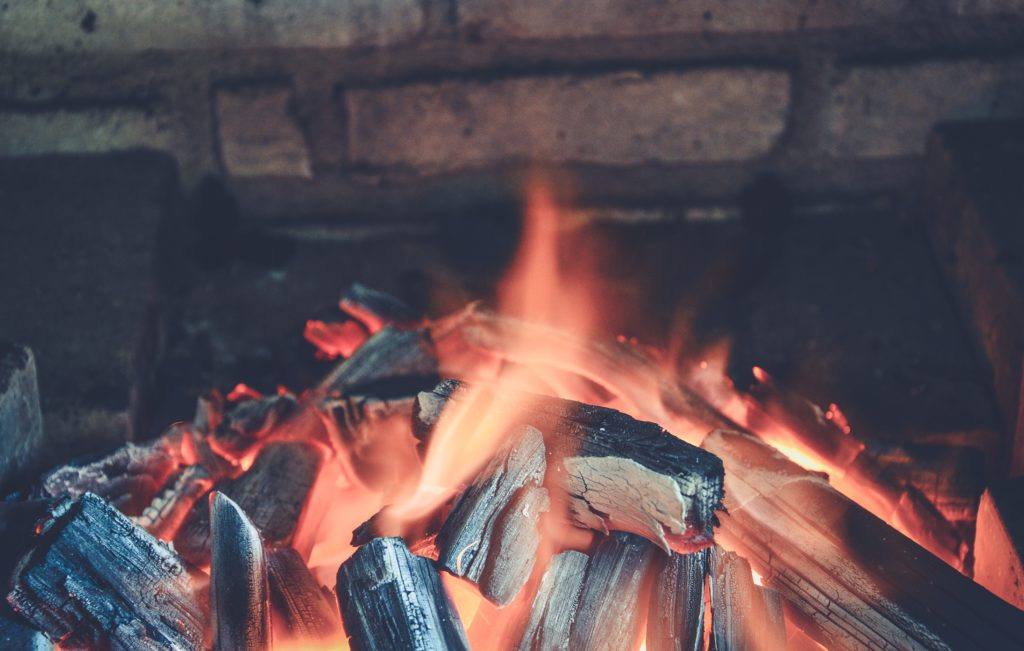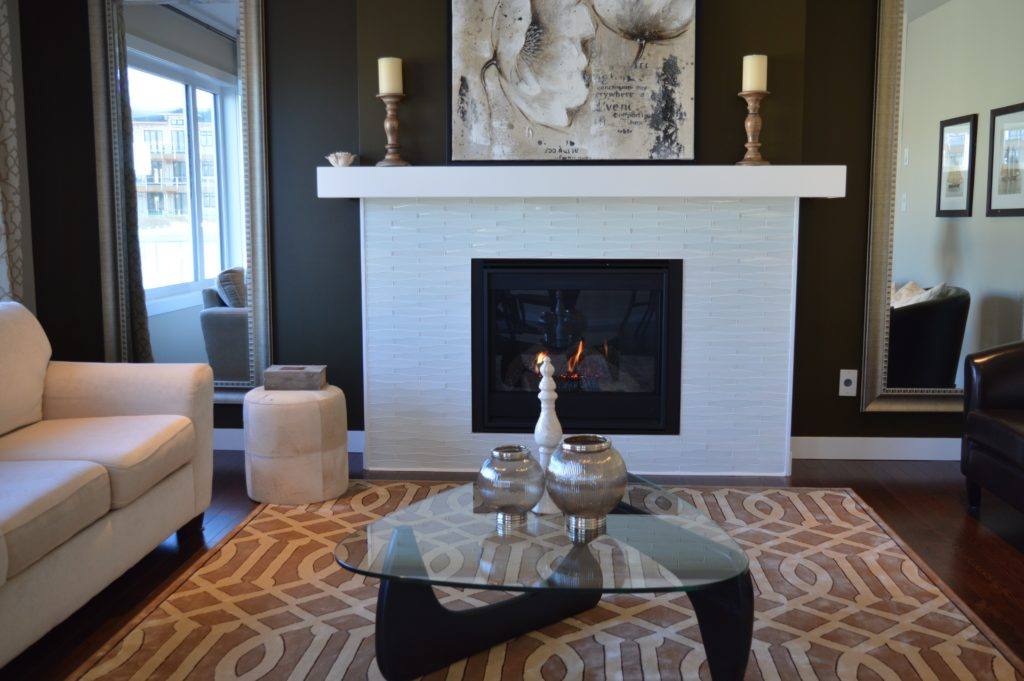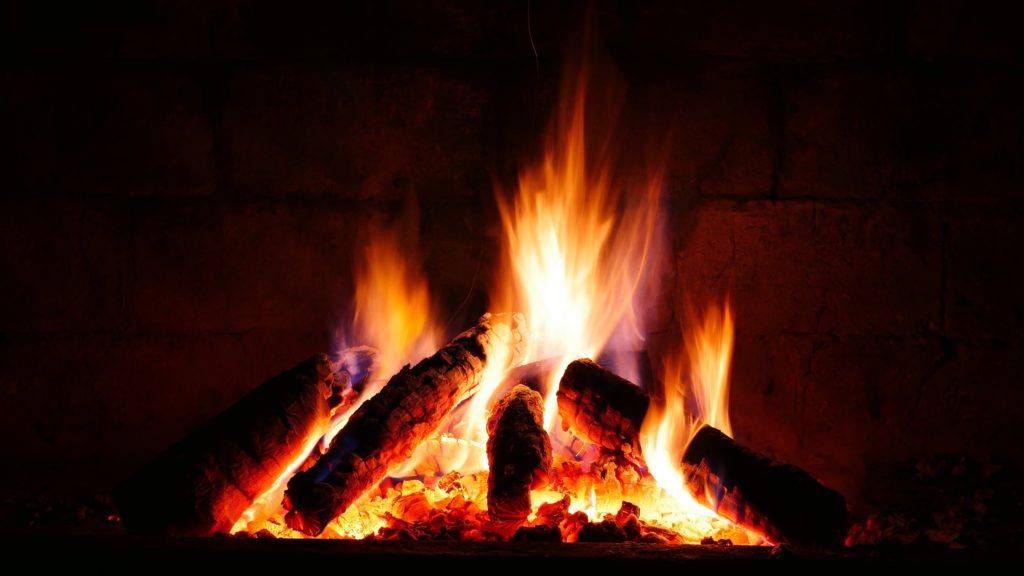WHY CHOOSE CERAMIC COATING?
Your chimney plays a very significant role in the secure use of your fireplace or wood-burning heater. Many homeowners are amazed to hear that poorly-maintained flues and chimneys are in reality one of the common causes for home fires. When it comes to your firewood or gas-burning machine, there are plenty of parts that go into keeping your home safe, including the chimney liner.
HOW DOES IT GET DONE?
Ceramic coating sprayed within your chimney blocks and plugs any gap or cracks, and coats an even ceramic layer which provides the correct passageway for the smoke and any harmful emissions to disband from the fire directly out the crown of your chimney. It also controls any further acid corrosion and prevents damage being done to the flue which not only ensures your chimney is protected to use but also puts your mind at rest that no expensive repairs will be needed.
It is applied with a sprayer. On the vertical walls, i.e. most of the chimney, it should be applied from base to top because as the material comes out of the sprayer it runs down the chimney and gets absorbed into the chimney underneath the area is working on. The top requires extra attention or it’d only obtain one pass. Afterward than you come to an end about 15 minutes’ worth, do it another time just to make sure the entire structure gets a good soaking.
BENEFITS OF CERAMIC COATING
- Avoid Overheating of the Chimney and Lengthens Its Lifespan
- Seals crack preventing heat loss, considerably saving heat energy
- Excellent resistance to powdering
- Forms gas-tight surface
- Cost-Effective
- Increases the security of a home, advance the operation of the fireplace and guard the smoke chamber
SEALING THE CHIMNEY BREAST
Since the chimney breast has a more brutal exposure to rain and particularly snow, it needs more coats of Ceramic coating. Most Ceramic coatings used these days are water-based material. This is for many reasons: First is that water-based materials cost significantly less than solvent-based materials. They are safer to dispatch, store and use and they are completely adequate to the task. The exception to the advantages is on non-vertical surfaces.
SEALING A CHIMNEY CROWN
The chimney crown is a nearly flat surface and it’s completely made of concrete or mortar. It shouldn’t be made of mortar, but there is a good possibility that it is anyway. Based on what you’ve just read about ceramic coating the chimney breast, you’d logically think that you’d just use a solvent-based waterproofing material there.
For Ceramic Coating services contact Irish Sweep today!



